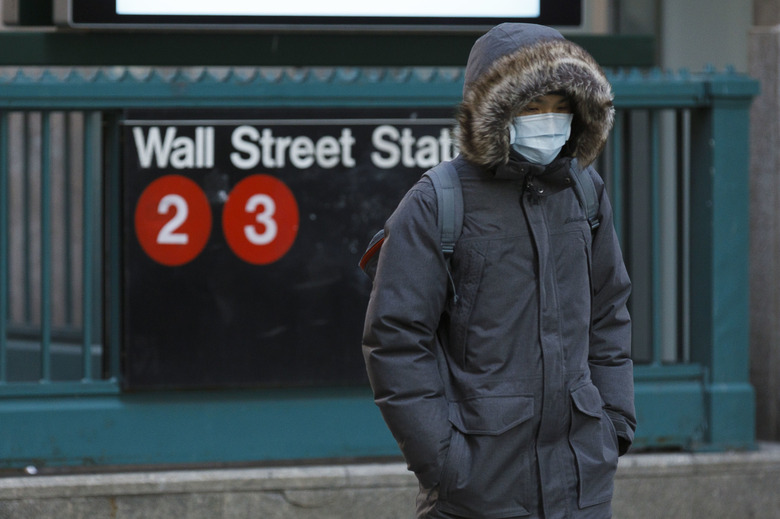Flu Season Could Make The Second Coronavirus Wave Even More Devastating, CDC Says
- The director of the Centers for Disease Control and Prevention said in a new interview that a second coronavirus wave this winter might be even more devastating than the first.
- Dr. Robert Redfield said the next coronavirus outbreak will likely overlap with the flu season, which could put additional strain on the healthcare system.
- He added that authorities need to continue to invest in COVID-19 testing and contact tracing to better handle the second wave, and they must encourage people to get flu shots.
- Visit BGR's homepage for more stories.
CDC director Dr. Robert Redfield warned a few days ago that a second coronavirus wave will hit later this year. The news came amid increased chatter from the White House about easing social distancing measures and restarting the economy. "I think we have to assume this is like other respiratory viruses, and there will be a seasonality to it," Redfield said at the time. Now, he has elaborated on the matter in a new interview. The doctor believes that the second coronavirus wave might be even more devastating than the first, and that's because it won't be just COVID-19 that you'll have to worry about this winter. The flu comes back every year, and combined with a COVID-19 resurgence, it might put an even more devastating strain on resources.
"There's a possibility that the assault of the virus on our nation next winter will actually be even more difficult than the one we just went through," Redfield told The Washington Post. "And when I've said this to others, they kind of put their head back, they don't understand what I mean."
"We're going to have the flu epidemic and the coronavirus epidemic at the same time," he said, noting that federal and state officials have to prepare for what lies ahead. Social distancing will continue to be necessary even if some restrictions are required. Testing and contact tracing will need to continue, and efforts need to be scaled up so that future COVID-19 outbreaks are caught early and patients are isolated quickly.
Redfield also said that US officials need to persuade Americans over the summer to think ahead to the fall season and get their flu shots. Getting a flu vaccination "may allow there to be a hospital bed available for your mother or grandmother that may get coronavirus," he said. A vaccine for COVID-19 doesn't exist, although more than 70 candidates are already in the works. Some of them may be approved for emergency used this fall, although most of the ones that move past clinical trials won't be ready for mass-deployment for at least 18 months.
Flu and COVID-19 symptoms overlap, which makes diagnosis without testing difficult. Potentially preventing a flu infection by getting a vaccine also saves you the aggregation of getting sick and thinking you have COVID-19, in addition to helping the local healthcare system. The first thing anyone thinks of right now if they experience fever, fatigue, and cough is COVID-19, not the flu or the cold, although it may be one of the latter.
Redfield said that if the coronavirus outbreak and the flu season had peaked at the same time, "it could have been really, really, really, really difficult in terms of health capacity." As of Wednesday morning, the US had more than 826,000 coronavirus cases, including 45,376 fatalities and 82,973 recoveries.
